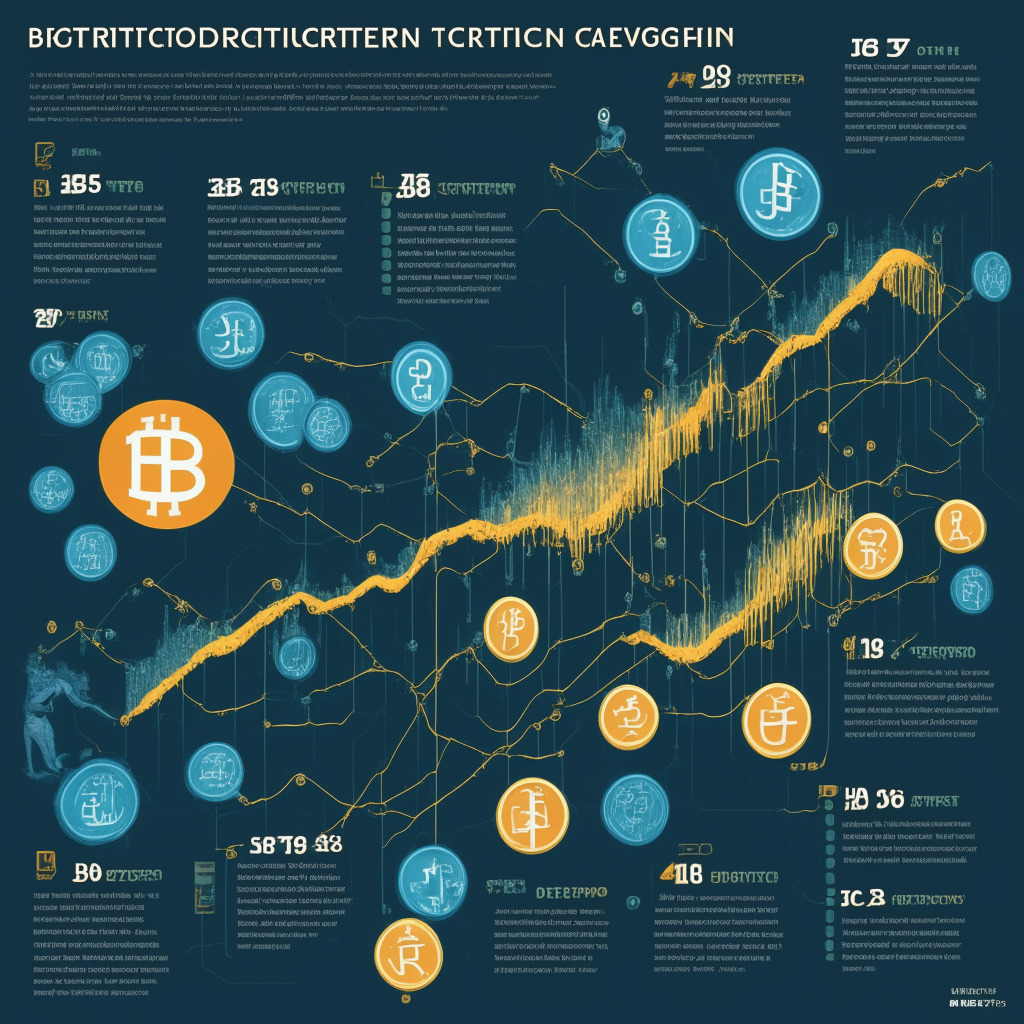For the Bitcoin investors, yesterday was a rollercoaster ride, punctuated by alarming U.S. inflation statistics, swift market reactions, and a surprising retraction. The price of Bitcoin exhibited an impressive leap to around $31,000 following the positive revelation that U.S. inflation had curtailed significantly. However, the surge was short-lived, with Bitcoin retreating to nearly $30,500 – a decrease of more than 1% from the position before the release of the Consumer Price Index (CPI) data.
The data demonstrated a 3% increase in consumer prices year-over-year in June, comparing favourably to the 4% increase in May. Of interest is the fact that the core rate, which omits food and energy prices, also decelerated to a 4.8% increase, despite remaining stubbornly above 5% earlier in 2023. Considering that hasty inflation had previously contributed to Bitcoin’s fall from lofty heights of around $70,000 in November 2021, the dwindling inflation woes should logically be assuaging – but this was not the case.
As it transpires, the prospect of accelerating inflation might have been former ‘head fakes’ manifested during the Covid era. Looking back, 2021 witnessed a ‘transitory’ phase while the U.S. Federal Reserve expressed relief in dismissing the risk of inflating prices as it projected it as a temporary upswing. The CPI report was harkening back to inflation records of July and August 2021, which initially appeared to affirm the transitory assumption before later information suggested otherwise.
However, apart from the CPI data, there was more news to reckon with. On-chain data revealed that two wallets traced back to the U.S. government and the seized bitcoin holdings from the Silk Road marketplace made transactions involving 9,825 bitcoin ($301 million). This selling pressure may have nullified the positive effects of the inflation news.
Finally, it’s important to note that markets often expect these trends. In under a month, the price of Bitcoin has amplified by over 20%. This is largely credited to the BlackRock spot ETF application with subsequent filings from several other asset managers including Fidelity, suggesting an early bird anticipation of the favorable June inflation report.
In this seemingly confusing landscape, a vexing note for bitcoin bulls is the embracing of the weaker inflation report by traditional markets. As the dollar index records a decrease of more than 1% evidence of inflation concerns and the likelihood of upcoming Fed rate hikes receding – and although Bitcoin remains in the red, both the Nasdaq and S&P 500 demonstrate an uptick of approximately 1%, reaching new record highs. Thus, the crypto markets, once again, struggle to mirror developments in the traditional markets.
Source: Coindesk




